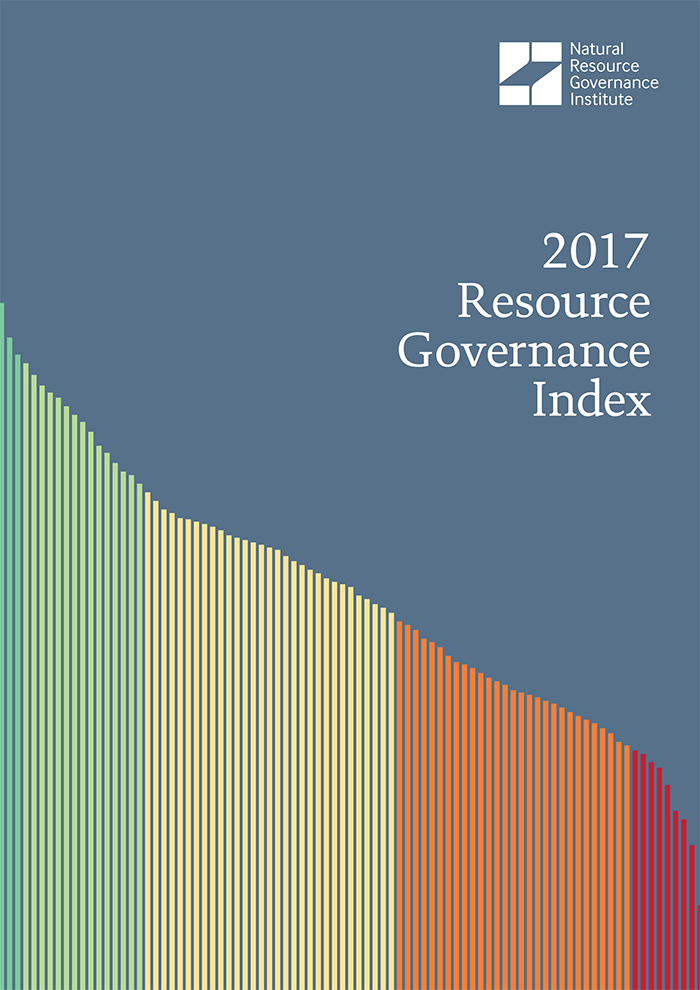The Resource Governance Index (oil&gas) assesses policies and practices that authorities employ to govern their countries’ oil&gas industries. Extractive industries are one of the drivers of land use change. These activities, typically have a strong impact on the environment, but also affect the livelihood of local populations. The index provides a composite score for each assessment.
For each assessment, NRGI hias calculated the composite score using the scores of three index components. Two of the components comprise new research based on expert answers to a detailed questionnaire, and directly measure governance of countries’ extractive resources. The first component—value realization—covers the governance of allocating extraction rights, exploration, production, environmental protection, revenue collection and state-owned enterprises. The second revenue management—covers national budgeting, subnational resource revenue sharing and sovereign wealth funds. The index’s third component assesses a country’s enabling environment. This component draws on pre-existing research to measure the broader governance context.
The score for each of these three components is based on the scores given to its subcomponent policy areas. Each of the subcomponents within value realization and revenue management focuses on distinct areas of governance and relates to a precept in NRGI’s Natural Resource Charter and its benchmarking framework—analytical and diagnostic tools that represent the chain of decisions that governments and societies must make to benefit from their resources.
Scores are on a scale of zero to 100 at each level of the index, allowing users to benchmark the quality of resource governance across the composite, components and subcomponents—both within and between countries.
As with any exercise of this type, there is some inherent uncertainty around the index scores. In practical terms, this means it may not be sensible to make conclusions based on small differences in scores. For this reason, results are grouped into performance bands: good, satisfactory, weak, poor and failing.
- ≥ 75 = Good. A country has established laws and practices that are likely to result in extractive resource wealth benefiting citizens, although there may be some costs to society.
- 60-74 = Satisfactory. A country has some strong governance procedures and practices, but some areas need improvement. It is reasonably likely that extractive resource wealth benefits citizens, but there may be costs to society.
- 45-59 = Weak. A country has a mix of strong and problematic areas of governance. Results indicate that resource extraction can help society, but it is likely that the eventual benefits are weak.
- 30-44 = Poor. A country has established some minimal procedures and practices to govern resources, but most elements necessary to ensure society benefits are missing.
- < 30 = Failing. A country has almost no governance framework to ensure resource extraction benefits society. It is highly likely that benefits flow only to some companies and elites
More information at: http://resourcegovernanceindex.org/
Data definitions:
Creative Commons Attribution
This license lets others distribute, remix, tweak, and build upon your work, even commercially, as long as they credit you for the original creation. Recommended for maximum dissemination and use of licensed materials.

